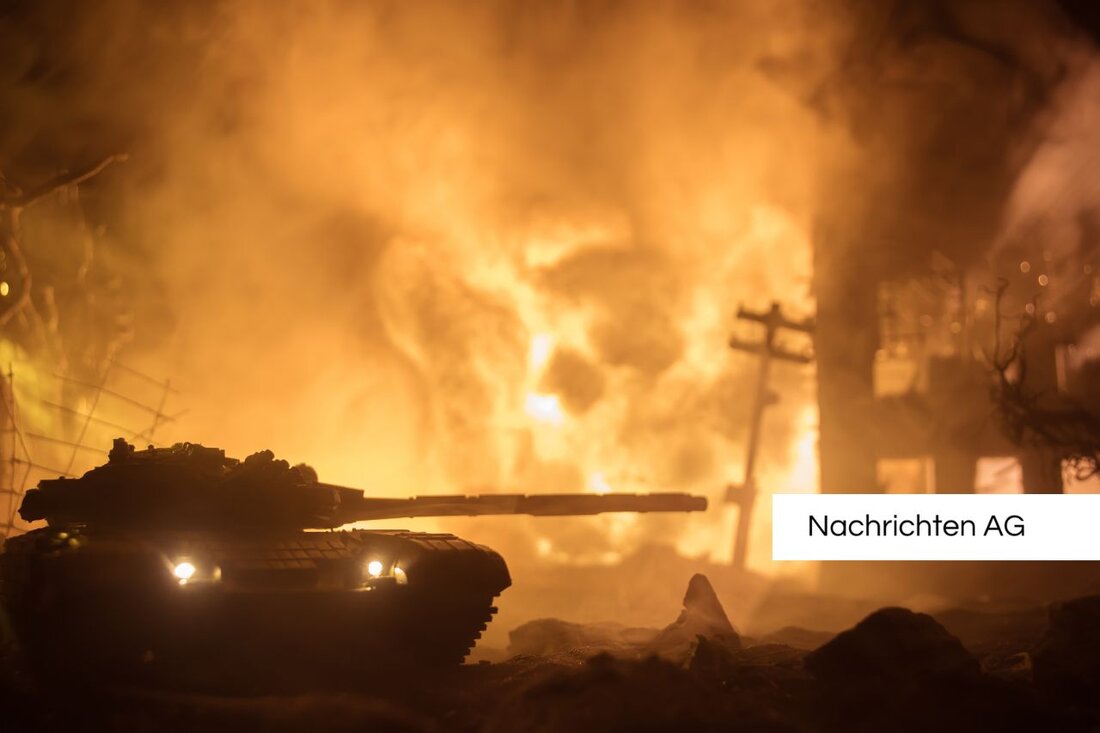Heidelberg remembers: exhibition and lecture at the end of the war in 1945
Heidelberg University commemorates the end of the war in 1945 with lecture series and exhibitions, highlighting historical perspectives and areas of experience.

Heidelberg remembers: exhibition and lecture at the end of the war in 1945
On April 17, 2025, the culture of remembrance and commemoration will play a central role in numerous places in Germany and beyond. This is particularly striking in the context of the Second World War and its consequences, which continue to have an impact today. The Ruperto Carola lecture series “1945: Epochal threshold and space of experience” at the University of Heidelberg, led by Prof. Dr. Manfred Berg, aims to strengthen the culture of remembrance. This initiative comes into particular light in the context of the current Russian attack on Ukraine, which puts the issues of the past in a new light. uni-heidelberg.de reports that the lecture illuminates two perspectives: firstly, the review of the end of the Second World War in the context of the 20th century and secondly the reconstruction of human experience and suffering during this time.
Nine speakers from Germany, Austria and the USA will discuss these complex topics in local, national and international contexts. Parallel to this academic debate is the photo exhibition “1945: Heidelberg – all lost?” which introduces the experience of the people in Heidelberg after the end of the war. The exhibition was organized by Prof. Dr. Frank Engehausen and his doctoral students have designed and will deal with central aspects such as the American invasion, denazification and the supply situation in the city. It will open on May 4, 2025 and will be accessible until July 11, 2025.
Remembering through photography
The exhibition “1945: Leonard McCombe – Nach dem Krieg / Aftermath of War” offers another important access to the memory of this time. For the first time in Germany, it shows photographs by war correspondent Leonard McCombe, who documented the fate of the survivors between 1944 and 1946. The combination of photography and quotes, as well as audio contributions from the photographer, gives visitors a vivid impression of life after the war. Both exhibitions are open Monday to Friday from 9 a.m. to 5 p.m., and the public lecture series will begin on May 5 with a comparison of the end of the war in 1918 and 1945 by Prof. Dr. Jörn Leonhard opens.
Furthermore, the International Day of Remembrance for the Victims of the Holocaust will be celebrated in Berlin on January 27, 2025. bpb.de emphasizes that commemoration at the Memorial to the Murdered Jews of Europe, which was inaugurated in 2005, has traditionally enjoyed high political and social significance. Nevertheless, the culture of remembrance is burdened by challenges such as political unwillingness and financial difficulties. The Bundestag resolution of 1992 for the Sinti and Roma monument, which was only inaugurated 20 years later, illustrates this problem.
Challenges of the culture of remembrance
Coming to terms with the past remains an essential, albeit difficult, task. Despite the growing distance from historical events, education about human rights and the damned history of the Nazi regime remains of central importance. Mentioned in this context deutschlandfunkkultur.de the timeless sentence of the writer Christa Wolf: “The past is not dead. It is not even past.” The opponents and victims of the Holocaust are slowly disappearing from social discourse, which reinforces the idea of the importance of living memory of the Holocaust and of preventing discrimination.
Social integration is being reconsidered; There is a challenge to include the voices of different victim groups in the discussion about anti-Semitism and the Holocaust. Given the heterogeneity of German society, an open conversation about these topics must be promoted in order to achieve a deeper understanding of human dignity.

 Suche
Suche
 Mein Konto
Mein Konto